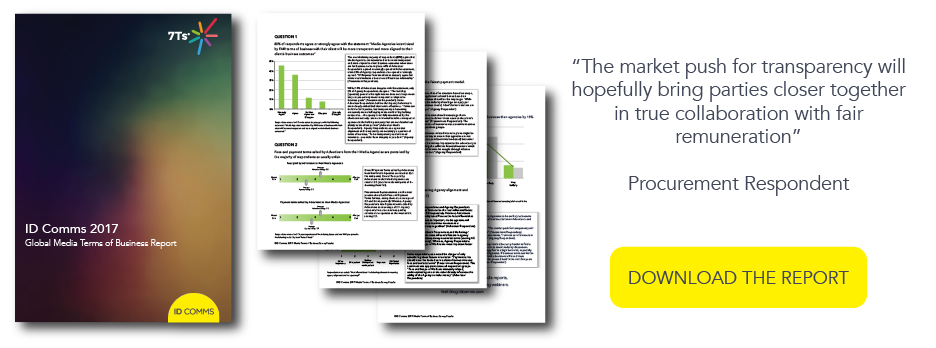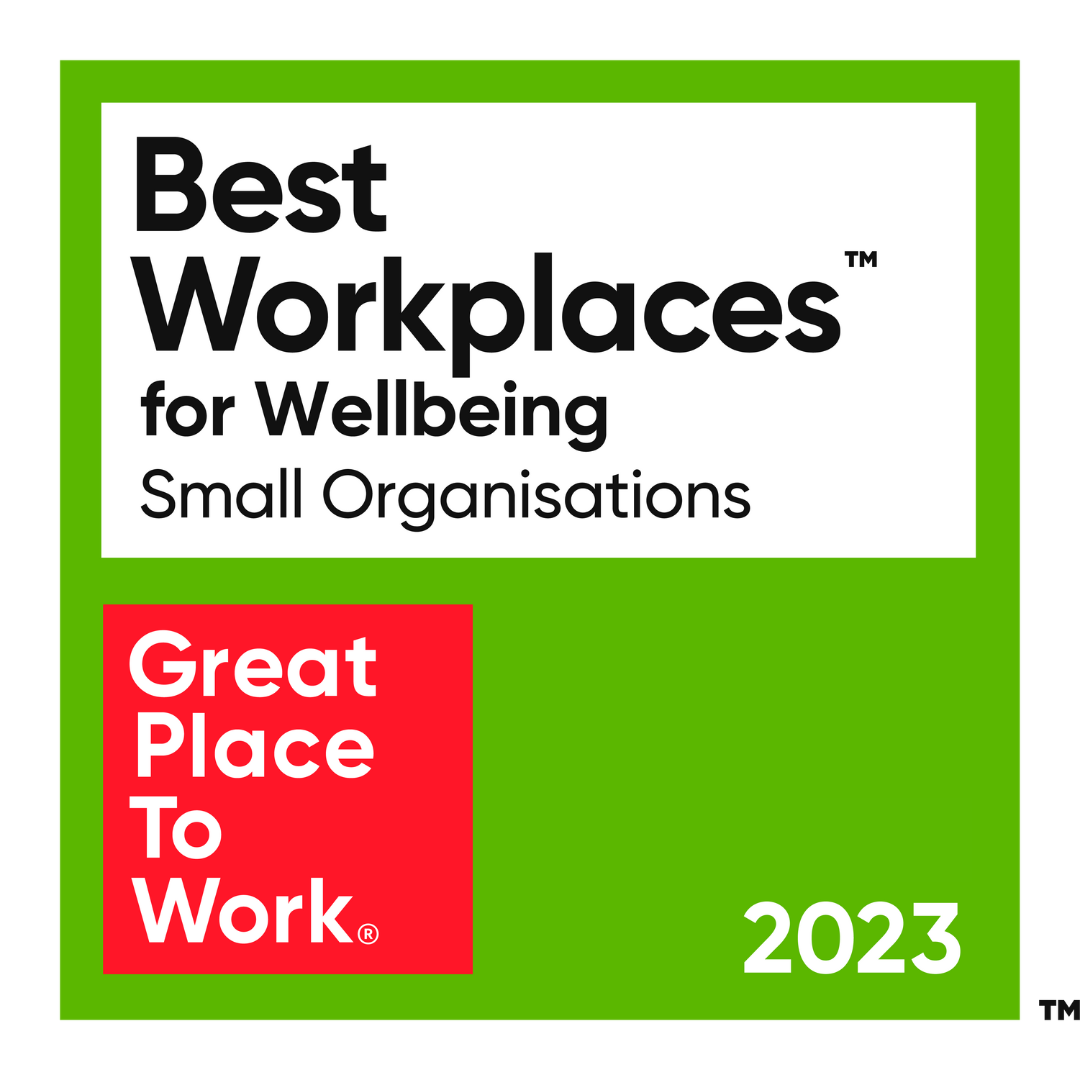Right now, many marketers may be asking themselves – and their agencies – why their brand messages appear next to offensive content. The answer is pretty simple. Because your company and its partner arrangements are set up to allow it and perhaps even encourage it to happen.
Amid all the hot air around the ads appearing on YouTube, the role of the marketer and their agency relationships have not been highlighted.
While the situation is embarrassing for Google, the company obviously never set out with intent here and haven’t benefitted commercially, stating the actual value of the incorrect placements was “pennies rather than pounds”, albeit unsavory for marketers.
The bottom line is that Google is not broken, YouTube is not broken, Facebook is not broken. It’s the “murky" advertising layer that’s been built on top that is rotten. But if this row encourages marketers to clean up and re-incentivize their own “crappy media supply chains” then it will be a good thing.
The problem is that many marketers have engineered their digital media supply chains around a common desire to continually reduce media costs and ignore media quality, audience buying appears to deliver this.
Effectively, advertisers have sought cost-efficiency at the price of effectiveness, agencies have been financially incentivized to reduce the unit cost of media, auditors have charged big fees to validate that costs were cut to the bone and everyone seemed happy.
Until, that is, advertisers started discovering their brands against unsavory content and began to call for “brand safety” reassurances. The problem is that brand-safe placements typically cost more.
And yet the entire supply chain working for brands has been aligned and incentivized to a desire to buy audiences not people, to reduce costs and to measure discount not effect.
To rebalance the equation, brands need to make sure their supply chain is focused on brand care, a supply chain that adds value and cares about the brands they make money from.
Agencies, vendors and everyone in between has to be specifically instructed, motivated and incentivized to care about the brands they touch. Everyone needs to put as much thought into context as they do into negotiating a good price.
So how do we get to this nirvana? All it requires is for marketers to start seeing their media budgets as investments in the future prosperity of their businesses.
Those that see media as a cost will inevitably end up having quality control issues. Those who treat media like a commodity and therefore seek to lower prices at every opportunity will at some point give up quality control in exchange for cheaper media.
Alternatively, if you focus on quality as a metric of success and one which you link your agency’s own success to, this creates a supply chain that cares about your brand and will aspire to higher standards of quality control.
The tools already exist for marketers to avoid the risks of inappropriate content--you just have to request and demand compliance to higher standards. As a marketer that’s easy because you have a giant lever that does this automatically - your dollars.
You simply demand that your agencies don’t buy crap, and the supply chain will re-engineer itself to deliver that service. Everyone, ultimately, prefers a race to the top but the advertiser has to tell everyone that that’s the game.
Being an advertiser focused on media as an investment means redefining KPIs for media to include quality control, it means rewriting the agency scope of work to demand quality controls and evaluating agency performance and media performance in terms that focus more on impact and outcomes than it does on commercial performance/ media discount.
It means evaluating media on quality not just cost, it means looking beyond the traditional audit community for validation and it means including these priorities in the contract to tie the supply chain into better behavior.
Many advertisers have done this successfully and I bet that not one of them is pulling ads from YouTube right now. They don’t need to because they know they have controls in place because they’ve demanded them from their agencies, vendors and the whole supply chain.
If you don’t want to be a marketer who has to explain to the CEO why the brand keeps appearing next to white supremacist or Jihadi videos, among much of the other offensive content currently shared online then you need to get to work in 2017 with a simple roadmap to change:
- Setting new KPIs for media including brand care
- Redesigning the agency scope of work to include brand care
- Implementing agency payment models which reward success and incentivize brand care
- Evaluating the quality of media not just the cost
- Looking beyond the traditional audit community for validation that media dollars are working hard
- Baking all these into a contract which ties all parties in a commitment to improvement and a race to the top
Typically, the best time to implement new KPIs for media, a new scope of work for the agency and a new incentive payment model to make people care about quality is in a pitch or renegotiation of agency contracts, as this gives you the time to reset with the least additional disruption.
If either is on your agenda for 2017 then now is the time to consider updating these elements and not just thinking about how you can reduce your media prices.
This article was originally published on MediaPost on 30 March 2017.







COMMENTS